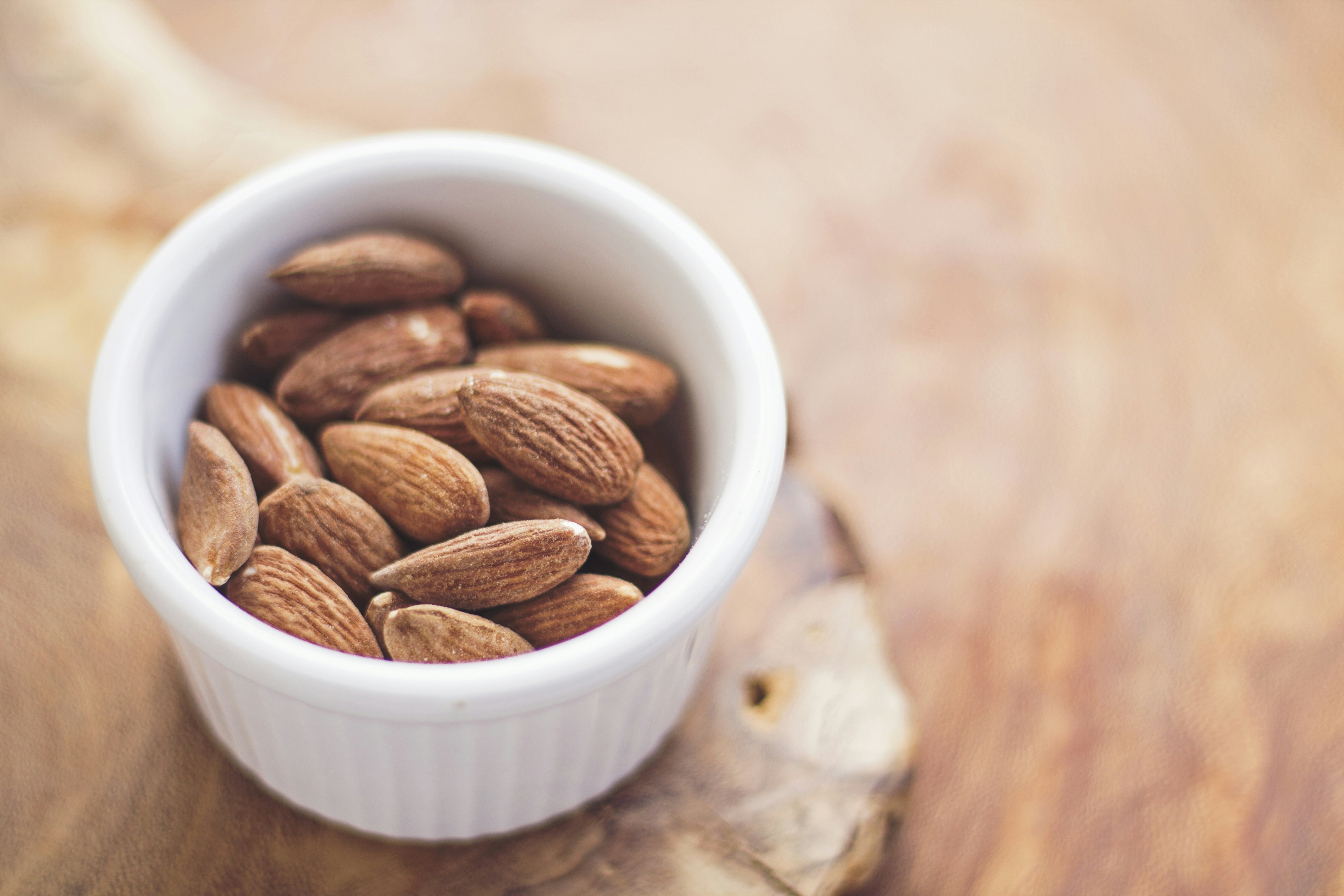Have you ever wondered how certain foods might be impacting your body in ways you never considered? The relationship between sugar and oxalates is one of those overlooked dietary concerns that could have more influence over your health than you might think. Navigating this topic is like unraveling a fascinating mystery that intertwines nutrition, body chemistry, and health consciousness.
Understanding how different elements of our diet work together and against each other can seem complex. You might already be aware of the impacts of sugar on things like weight and dental health, but how it interacts with oxalates can be an eye-opener. It’s fascinating, really, how these components mingle and what those interactions might mean for your body’s functionality.
What Are Oxalates?
Oxalates, naturally occurring molecules in many plants, are an important part of this conversation. They are found in a wide variety of foods and can have varied effects on the human body. In particular, they are known for their role in the formation of kidney stones, which can be both painful and concerning.
Sources of Oxalates
Foods high in oxalates might surprise you. They can be found in a range of leafy greens, nuts, and certain vegetables. For example:
- Spinach: Often touted for its high iron content, it is also high in oxalates.
- Rhubarb: While it might be tempting in a pie, it’s also one to watch for its oxalate content.
- Almonds: A healthy snack, yes, but also notable for their oxalate levels.
Understanding and being mindful of the foods you consume that are rich in oxalates can help manage their levels in your diet.
Effects of Oxalates on the Body
Oxalates can bind to minerals, creating compounds like calcium oxalate, which is the primary form of kidney stones. This binding can hinder the absorption of essential minerals like calcium and magnesium, which you need for various bodily functions. It’s ironic how something found in healthy foods can also have potential drawbacks when consumed in excess.
What Role Does Sugar Play?
Sugar, which is a common component in many diets, is often associated with energy spikes, weight gain, and tooth decay. However, it also plays a role in how your body processes other elements in your diet, such as oxalates.
Types of Sugar
Not all sugars are created equal. You have natural sugars, those found in fruits and vegetables, and refined sugars, which are added to foods and beverages. Here’s a brief rundown:
- Naturally Occurring Sugars: Found in fruits, some vegetables, grains, and dairy, these sugars can be part of a healthy diet.
- Added Sugars: Present in sodas, candies, and baked goods, these sugars often contribute to excess calorie intake without the nutritional benefits of naturally occurring sugars.
Impact of Sugar on Health
Sugar can affect your body in numerous ways. Excessive sugar intake is linked with obesity, type 2 diabetes, and cardiovascular disease. Additionally, it can influence how your body metabolizes other nutrients, including oxalates. Understanding these interactions can help in making more informed dietary choices.
The Connection Between Sugar and Oxalates
Now, let’s delve into the crux of the topic: the relationship between sugar and oxalates. When sugar is consumed, it can impact the way your body processes and excretes oxalates, potentially increasing the risk for oxalate-related issues like kidney stones.
How Sugar Influences Oxalate Absorption
Sugars can alter the intestinal environment, influencing oxalate absorption. When you consume high levels of sugar, particularly fructose, it can interfere with your kidneys’ ability to excrete oxalates effectively. This can potentially lead to an increase in the formation of calcium oxalate stones.
Consider that chronic high sugar intake can lead to increased oxalate levels in the urine, which is a risk factor for kidney stone development. The relationship between sugar and oxalates illustrates the importance of balancing your sugar intake to avoid inadvertently increasing oxalate levels.
Oxalate-Rich Foods Affected by Sugar
When you consume sugar with oxalate-rich foods, the way your body processes these foods can change. The combination can lead to higher oxalate absorption and retention. Surprisingly, healthy-seeming meals that include fruits and nuts could become problematic if consumed with too much added sugar.
Managing Diet for Better Health
Given the interaction between sugar and oxalates, managing your diet becomes crucial. Awareness and slight adjustments can make a significant difference in your overall health and reduce the risk of kidney stones and other complications.
Reducing Sugar Intake
Limiting sugar intake is beneficial not just for controlling oxalate levels but for overall health. Here are a few strategies:
- Choose whole fruits over fruit juices.
- Read labels to identify added sugars in packaged foods.
- Opt for unsweetened and natural sweeteners when possible.
Choosing Low-Oxalate Foods
If you’re concerned about oxalates, selecting low-oxalate foods can mitigate the risk. Create a balance by incorporating foods like:
- Bananas
- Cabbage
- Cherries
Hydration and Its Importance
Adequate hydration is essential to help your body process oxalates effectively. Water dilutes oxalates in the urine, reducing the risk of stone formation. Aim to drink enough water daily, especially if your diet is high in oxalates or sugar.
Balancing Your Diet
Finding the right balance in your diet doesn’t mean you have to completely eliminate sugar or oxalates. Moderation and mindfulness can help maintain your health without feeling deprived. Experiment with meal planning that encompasses a variety of nutrients while keeping sugar and oxalate levels in check.
Cooking and Food Preparation Tips
Being mindful of how you prepare foods can also impact oxalate levels. For instance, boiling certain oxalate-rich vegetables can reduce their oxalate content. Here are some tips for cooking and preparing meals:
Cooking Methods
- Boiling: This can reduce oxalate content in foods like spinach and potatoes.
- Steaming: While it preserves nutrients, it may not reduce oxalates significantly.
- Roasting: Can enhance flavors but may keep oxalate levels higher compared to boiling.
Food Pairings
Consider pairing oxalate-rich foods with those high in calcium. Calcium binds with oxalates in the GI tract, reducing absorption:
- Dairy or fortified non-dairy foods with spinach or kale.
- Citrus fruits alongside high-oxalate vegetables for a Vitamin C boost.
Monitoring and Personal Health
Tracking your own health and dietary habits can help you understand how oxalates and sugar might affect you personally. Keep an eye on symptoms that could suggest issues, such as frequent kidney stones.
Consulting Health Professionals
Don’t hesitate to consult with dietitians, nutritionists, or healthcare providers to personalize dietary recommendations. They can offer insights tailored to your unique health profile, taking into account factors like existing conditions and personal dietary preferences.

Science Behind Oxalates and Sugar Relationship
Understanding the scientific basis for these dietary recommendations can equip you to take charge of your health. Research in nutrition and dietary science continues to uncover the complex ways in which nutrients interact with each other.
Biochemical Pathways
The metabolism of sugar and oxalates involves intricate biochemical pathways. Enzymes break down carbohydrates into simpler sugars, which are then absorbed and utilized by the body. Similarly, oxalates retained by the body can lead to crystal formation under certain conditions, a process exacerbated by excessive sugar intake.
Recent Studies
Recent studies indicate that high fructose consumption can increase urinary oxalates, a marker for stone risk. Given these findings, there’s a growing call for a balanced intake of sugar and oxalates, particularly for those susceptible to kidney stones.
Taking Steps Forward
Empower yourself with the knowledge to make informed decisions about your diet. This relationship between sugar and oxalates underscores the importance of not just focusing on single nutrients or foods but looking at dietary patterns as a whole.
Reflecting on Habits
Take a moment to reflect on your dietary habits. Are there simple tweaks that could create a significant health impact? Start small by identifying areas where sugar might be unnecessarily high or oxalate-rich foods are consumed without balance.
Planning for a Healthier Future
As you learn more about the interactions between various nutrients, consider how this information can shape healthier choices in the future. Planning meals that consider oxalate and sugar content is not just about restriction—it’s about creating a fulfilling and nutritious diet.

Final Thoughts
Engaging with your diet in a mindful way extends beyond health—it’s about the joy of nurturing oneself with knowledge and intentional choices. The relationship between sugar and oxalates serves as a reminder to appreciate the nuances of nutrition. By understanding these connections, you take another step toward a harmonious, health-conscious lifestyle.
Embrace this choice with curiosity and compassion, knowing you are capable of fostering a diet that’s not only delicious but also health-promoting. Keep learning, experimenting, and thriving in your journey toward nutritional wellness.




